In general, as soon as your child starts driving, it’s time to add them to your car insurance policy. This typically happens when they get their driver’s license, but it’s best to check with your insurance provider for their specific requirements.
However, if your child won’t be driving right away and isn’t listed as a driver on your policy, you don’t need to add them yet. It’s important to note that if they do end up driving without being listed on your policy, it could jeopardize your coverage in the event of an accident.
Adding your child to your car insurance policy may increase your premiums, but there are ways to save money. Consider raising your deductibles or taking advantage of discounts for good grades or completing a driver’s education course.
When it comes to your child’s safety and financial security, it’s always better to err on the side of caution and add them to your car insurance policy sooner rather than later.
Age and License Requirements for Adding a Child to Car Insurance
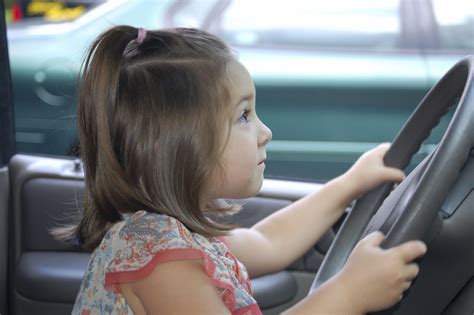
Adding a child to your car insurance policy can be a daunting task for parents. They want to ensure their child is safe on the road, but they also want to make sure they are not paying for unnecessary coverage. So, when is the right time to add them to your policy? Let’s take a look at age and license requirements for adding a child to car insurance.
Age Requirements:
The age at which a child can be added to a car insurance policy varies by state, but typically it is between 16 and 18 years old. At age 16, many states allow teenagers to obtain a driver’s license or a learner’s permit. A learner’s permit allows them to practice driving with a licensed driver in the car with them.
Some insurance companies will require parents to add their child to their policy once they have a learner’s permit, while others only require it once the child has obtained a driver’s license. It’s important to check with your insurance provider to understand their specific requirements.
License Requirements:
When it comes to adding a child to your car insurance policy, their driver’s license status is a significant factor. If they have a learner’s permit, they may or may not need to be added to the policy, depending on the insurance company’s rules. However, once the child obtains a driver’s license, they must be added to the policy, unless they are listed as excluded drivers on the policy.
Excluded Drivers:
Some insurance providers allow parents to exclude their child from the policy, which means they are not covered while driving a car listed on the policy. While excluding a child from a policy may save money on premiums, it can also be risky, as if the child were to get into an accident, the insurance company would not cover the damages.
Costs:
Adding a child to a car insurance policy can be expensive due to their lack of driving experience and higher risk of accidents. However, there are ways to keep premiums down even with a new driver on the policy. Parents can shop around to find the best rates, check for available discounts, and encourage their child to maintain good grades, as many insurance companies offer discounts for students with high GPAs.
Conclusion:
It’s essential to know the age and license requirements for adding a child to your car insurance policy. Most states require teenagers to be at least 16 years old to obtain a learner’s permit, with a driver’s license being the point at which they must be added to the policy. Excluding a child from the policy may save money on premiums, but it can also be risky. As with any insurance policy, parents should shop around to find the best rates and check for available discounts to keep premiums affordable.
Benefits of Adding a Child to Your Car Insurance Policy
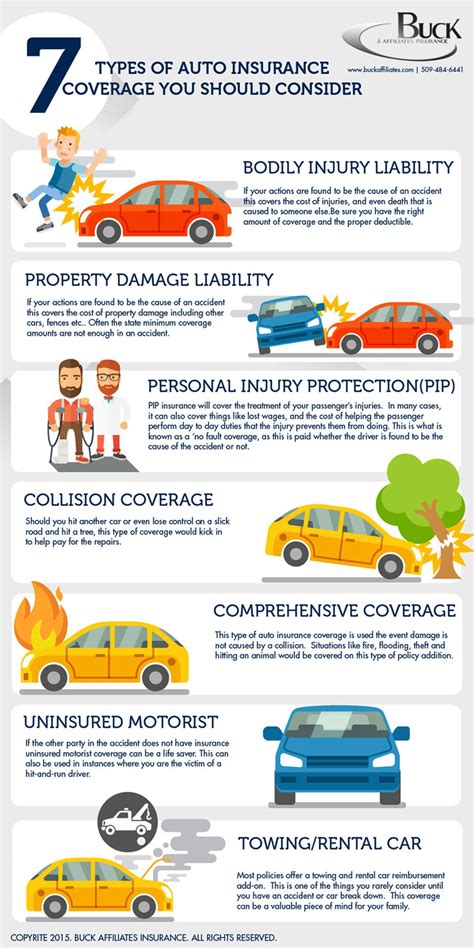
Adding a child to your car insurance policy can provide numerous benefits. Not only can it help protect your child’s financial future, but it can also offer peace of mind as a parent.
One of the main benefits of adding your child to your car insurance policy is that it can help them build a driving record. This can be especially important if your child is a new driver since having little to no driving history can make it difficult for them to obtain their own car insurance policies at affordable rates.
Another benefit of adding your child to your car insurance policy is that it can help you save money on your insurance premiums. While this may seem counterintuitive, it is often more cost-effective to add your child to your policy rather than have them obtain their own policy, especially if you have a good driving record and are eligible for discounts.
Additionally, having your child on your car insurance policy can provide extra protection in the event of an accident. If your child is involved in an accident, having them on your policy can help ensure that the costs associated with the accident are covered, reducing the financial burden on both you and your child.
Having car insurance can also offer parent-child bonding opportunities. Taking the time to explain the details of car insurance policies with your child can help them become more responsible and aware drivers in the future. This can lead to better driving habits, fewer accidents, and ultimately, a safer road for all drivers.
Lastly, adding your child to your car insurance policy can help prepare them for the future. By teaching them about car insurance policies, premiums, and safe driving habits, you are setting them up for success as they continue to develop their driving skills and become responsible adults. Learning these skills early can help them navigate the world of car ownership and insurance on their own when they are ready.
In conclusion, adding your child to your car insurance policy can provide numerous benefits. From savings on insurance premiums to preparing your child for the future, there are many reasons why it may be beneficial to add your child to your policy. By taking the time to talk to your child about car insurance, you are helping them become safer drivers and more responsible adults.
Factors to Consider when Adding a Child to Your Car Insurance

Adding a child to your car insurance can be a big decision that requires careful consideration. In this article, we will explore the factors you should keep in mind when deciding whether to add your child to your car insurance policy.
1. Age and Driving Experience

The age and driving experience of your child is a crucial factor to consider before adding them to your car insurance policy. In most states, teenagers can apply for a driver’s license at age 16. However, driving experience is essential when it comes to assessing the risk of accidents. If your child is an inexperienced driver, it is more likely that he or she will be involved in an accident that requires you to file a claim.
It’s important to keep in mind that adding a teenage driver to your policy can also cause your insurance rates to increase. The reason for this is that young drivers are statistically more prone to accidents than experienced drivers, which makes them a higher risk from an insurer’s standpoint.
Consider enrolling your child in a defensive driving course before adding them to your policy. These courses offer valuable training to young drivers and can help them become safer drivers, reducing the risk of accidents and claims.
2. Car Ownership

Another critical factor to consider is car ownership. If your child owns a vehicle, they will need their own insurance policy. However, if your child will be driving a car that you own, you should add them to your policy.
It’s important to keep in mind that adding your child to your policy means that they will have coverage when driving your car, but not when driving another car or borrowing a friend’s car. If your child frequently borrows other cars or shares a car with a friend, they may need their own insurance policy to ensure they’re covered in case of an accident.
3. Type of Car

The type of car that your child will be driving is also an essential factor to consider before adding them to your car insurance policy. Certain cars, like sports cars or luxury vehicles, are more expensive to insure due to their high value, increased repair costs, and potential for high-speed accidents. On the other hand, older cars with high mileage may not require as much coverage, which can result in lower premiums.
Before adding your child to your policy, consider the type of vehicle they will be driving and how it will impact your insurance rates and coverage needs. If you’re unsure about the best course of action, consider speaking with an insurance agent for professional advice and guidance.
Conclusion

Adding your child to your car insurance policy may seem like a no-brainer, but there is much to consider when making this decision. Remember to take into account the age and driving experience of your child, the car ownership situation, and the type of car they will be driving.
By doing so, you can make informed choices that protect your family financially and ensure that your child is safe behind the wheel. Remember that safety should always be your top priority when it comes to adding your child to your car insurance policy.
Cost Implications of Adding a Child to Your Car Insurance

Adding a child to your car insurance policy is something that will affect your finances. It is important to understand the cost implications of making this decision. There are many factors that can impact the cost of adding a child to your car insurance policy, including the type of car you have, the age of your child, and their driving record. Here are some of the cost implications that you should keep in mind when adding a child to your car insurance policy.
Insurance Rates for Teenagers

One of the main cost implications of adding a child to your car insurance policy is the increase in your insurance rates. Teenagers are generally considered to be high-risk drivers due to their lack of experience on the road. The risk of accidents involving teenagers is significantly higher than other age groups. This means that insurance rates for teenagers are typically much higher than rates for adult drivers. When you add a teenager to your car insurance policy, your rates will likely increase significantly.
Cost of Car Insurance for Young Drivers

The cost of car insurance for young drivers is also impacted by the make and model of the car they will be driving. Certain cars, such as sports cars or SUVs, can result in higher insurance rates. This is because these cars are considered to be more expensive to repair or replace. If your child will be driving a high-performance car or an expensive SUV, you can expect to pay more for their car insurance policy.
Good Student Discounts

Some car insurance companies offer good student discounts to teenagers who maintain good grades in school. This is because students who get good grades are statistically less likely to be involved in accidents. If your child is a good student, you may be able to save money on their car insurance policy. Be sure to check with your insurance company to see if they offer this type of discount.
Taking a Driver’s Education Course

Another way to save money on your child’s car insurance policy is to have them take a driver’s education course. Many insurance companies offer discounts to drivers who have completed a driver’s education course. These courses teach new drivers the rules of the road and provide them with the knowledge they need to be safe and responsible drivers. If your child has completed a driver’s education course, be sure to let your insurance company know.
The Bottom Line
Adding a child to your car insurance policy is a big decision that can have significant cost implications. It is important to understand these implications and to make an informed decision. While adding a teenager to your car insurance policy will likely result in an increase in your rates, there are ways to save money, such as taking advantage of good student discounts or having your child complete a driver’s education course. By understanding the cost implications and taking steps to save money, you can ensure that your child is covered and that you are not overpaying for your car insurance.
How to Add a Child to Your Car Insurance Policy
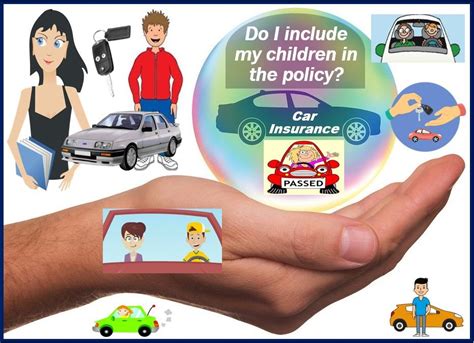
If you have a teenager who has recently obtained their driver’s license, it is important to add them to your car insurance policy. Even though it may increase your premium, having your child covered under your policy will provide peace of mind and protect them from any accidents or liabilities they may encounter on the road. Here are five steps to add your child to your car insurance policy:
Step 1: Contact Your Insurance Company
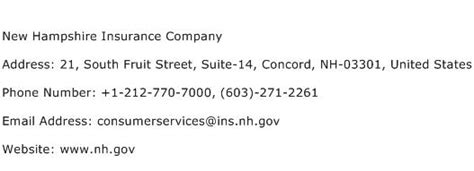
The first step to adding your child to your car insurance policy is to contact your insurance company. They will provide you with the necessary information on how to add your child to your policy. Be ready to provide the following details to your insurer: your child’s name, age, and driver’s license number.
Step 2: Determine the Best Coverage
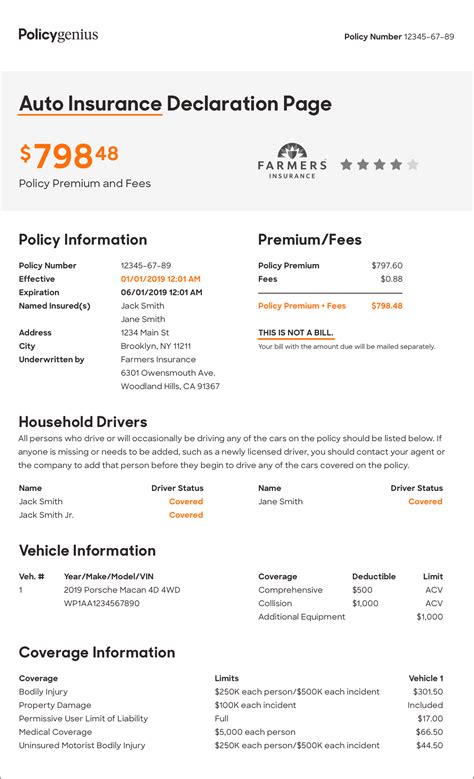
Before adding your child to your policy, you should consider the best coverage for your needs. You can opt to add your child to your existing policy or purchase a new policy for them. It is advisable to review your policy and make sure you are adequately covered in case of an accident or liability.
Step 3: Ask for Discounts

Adding a teen driver to your policy can be expensive, but there may be ways to reduce your premium. Ask your insurance company about discounts for good grades, safe driving courses, and low mileage. Taking advantage of these discounts will save you money in the long run.
Step 4: Set Rules and Expectations

As a parent, you should set rules and expectations for your child when they start driving. Besides complying with driving laws and regulations, you should provide guidelines on how they should operate the vehicle, who they can drive with, and when they can drive. A comprehensive set of rules and expectations will help your child become a responsible driver and reduce the risk of accidents.
Step 5: Monitor Your Child’s Driving Performance

Finally, after adding your child to your car insurance policy, it is important to monitor his or her driving performance. You can use technology such as an app or GPS tracker to monitor their speed, location, and driving habits. This information will help you assess their driving skills and correct any bad habits before they become a problem on the road.
Adding your child to your car insurance policy may seem like another expense. However, it is a necessary step to protect your child from any unforeseen incidents on the road. By following these five steps, you will be able to add your child to your policy seamlessly and provide them with adequate protection.
 telagainfo.com Informasi Bisnis dan Usaha
telagainfo.com Informasi Bisnis dan Usaha
